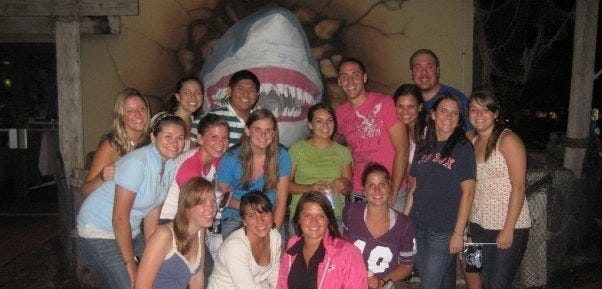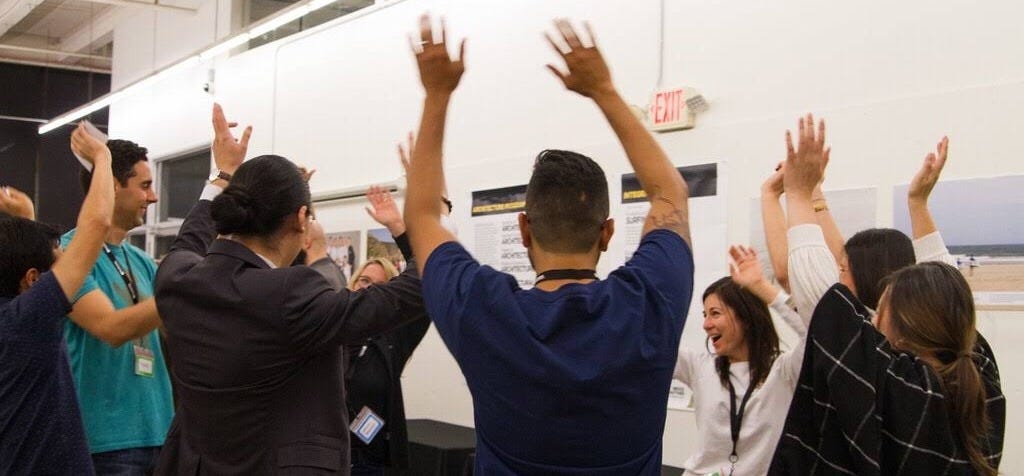Designing the room where It happens
Lessons in learning design from 20 years of facilitation
👋 Hi there, thanks for reading. I’m glad you’re here.
I’m writing because education wasn't designed around students but we can improve the learner experience through design. I share stories, tips, and work in progress weekly.
Why it matters:
I fell in love with facilitation the summer after my freshman year of college. I had just been elected chair of our Inter-Class Council—charged with designing a retreat to bring together newly elected student leaders from across campus. I didn’t know it then, but planning that experience gave me my first real taste of learning design. Strategy, execution, experience, connection—all in one room. I was hooked.
That retreat wasn’t just a student leadership exercise. It taught me that learning experiences—when designed well—can shape strategy, accelerate alignment, and deepen connection. That insight has guided me through roles in student affairs, edtech, national nonprofits, Fortune 500s, and leading my human-centered design consulting practice.
Go deeper:
After serving as freshman class president, I was elected the Chair of the Inter-Class Council, the student governance and programming board made up of our universities class officers. Now with oversight for the organizations future and strategy, my first major responsibility was designing our retreat to take place that summer.
My first experience in session design
With a budget in hand and my advisor by my side (along with the example of other organizational leaders and advisors across the University), I got to planning. I loved it. The intersection of strategy and execution, the consideration for key priorities, the experience, and the ability to align and accelerate the organization while connecting our members (who changed through student body elections) was exciting.
Truthfully, it was these experiences in planning and execution of strategic learning events (alongside great advisors supporting my development) that led me towards a career in higher education and student affairs. And my first role in student leadership development allowed me to do just that.
A growing toolkit and range of experiences
While I’m no longer a full-time campus employee, I’ve never left the pursuit of leaving my impact on campuses in the way I first learned that summer. As my toolkit changed over time from facilitating organizational strategy and student leadership development workshops to employee development sessions to human-centered design experiences, so too did my session design and facilitation.
Since, I’ve led sessions for audiences ranging from campus boards of trustees to college presidents to Fortune 500 employees to career changers to high school students and parents. I’ve led design sessions that look like events and events that look like design sessions. I’m currently in week 2 of virtually leading a cohort of Edu x Design Fellows through the full design process, exploring what design learning experiences look like virtually.
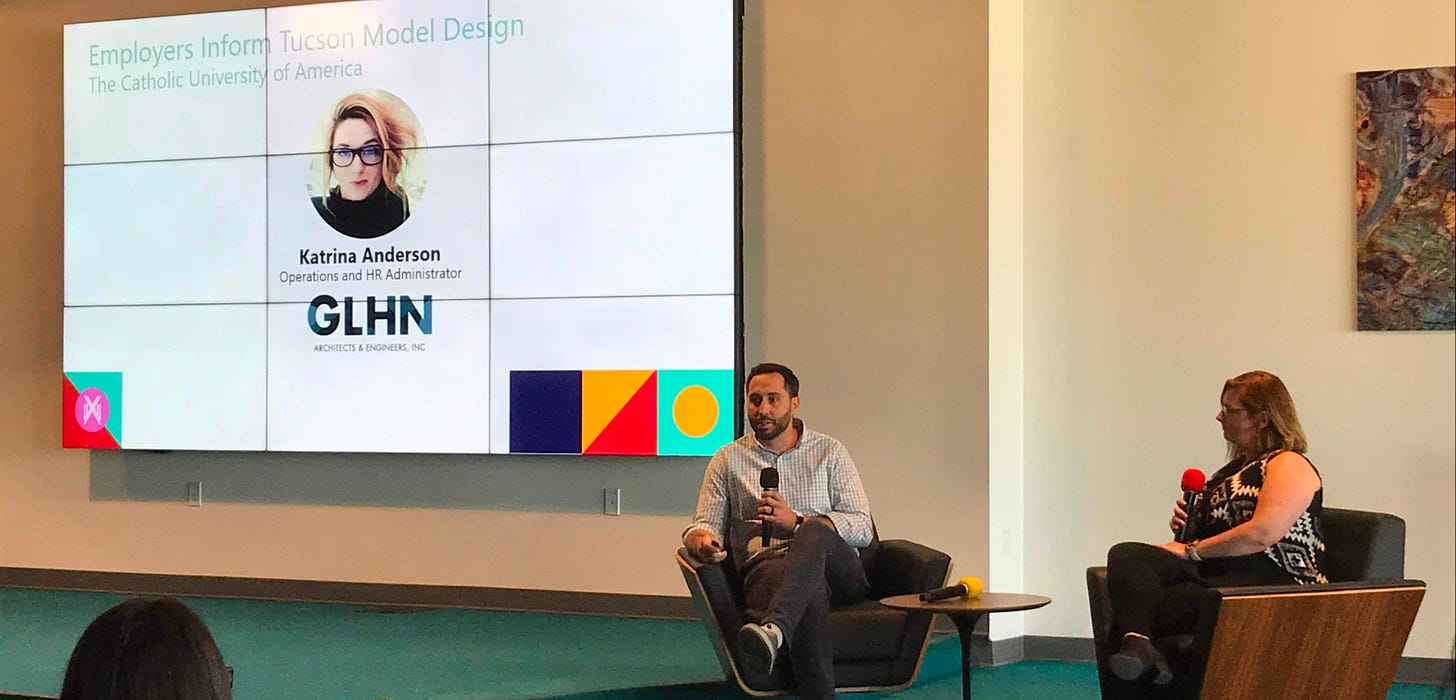
Why session design is important
One thread is consistent: Every experience is an opportunity for insight, testing, and learning for both the project team and co-designers if it’s thoughtfully designed.
Importantly, session design reflects some of the dynamic nature of project progress and goals. As a result, I like to to think of the session development process as a process that increases in fidelity and clarity through the versions of development as it builds from from concept → plan
In the last several weeks I’ve been opening up new blank notebooks (IYKYK), listening to organizational challenges, and defining what I can contribute.
As a result of new and existing projects, I’ve been spending more time “designing design sessions” to help accomplish and accelerate goals.
Designing the Experience
As I build out these experiences in my work, the session design process anchors around a consistent set of questions I ask myself and my partner institutions:
What outcomes are you trying to achieve?
→ Consider the organizational priorities and the needs and expectations of the co-designers (session participants). What do you need to accomplish in the time together?Who needs to be there?
→ Consider who needs to be in the room to inform the work and what topics and conversations are they most critical to. You may not get everyone for everything, so help people prioritize (and you might just win them over).What constraints do you need to consider?
→ Consider your time limitations, attendee availability, room attributes, knowledge gaps, and boundaries for your discussion, insights, ideas, and solutions and how that should inform how you direct co-designers’ attention.
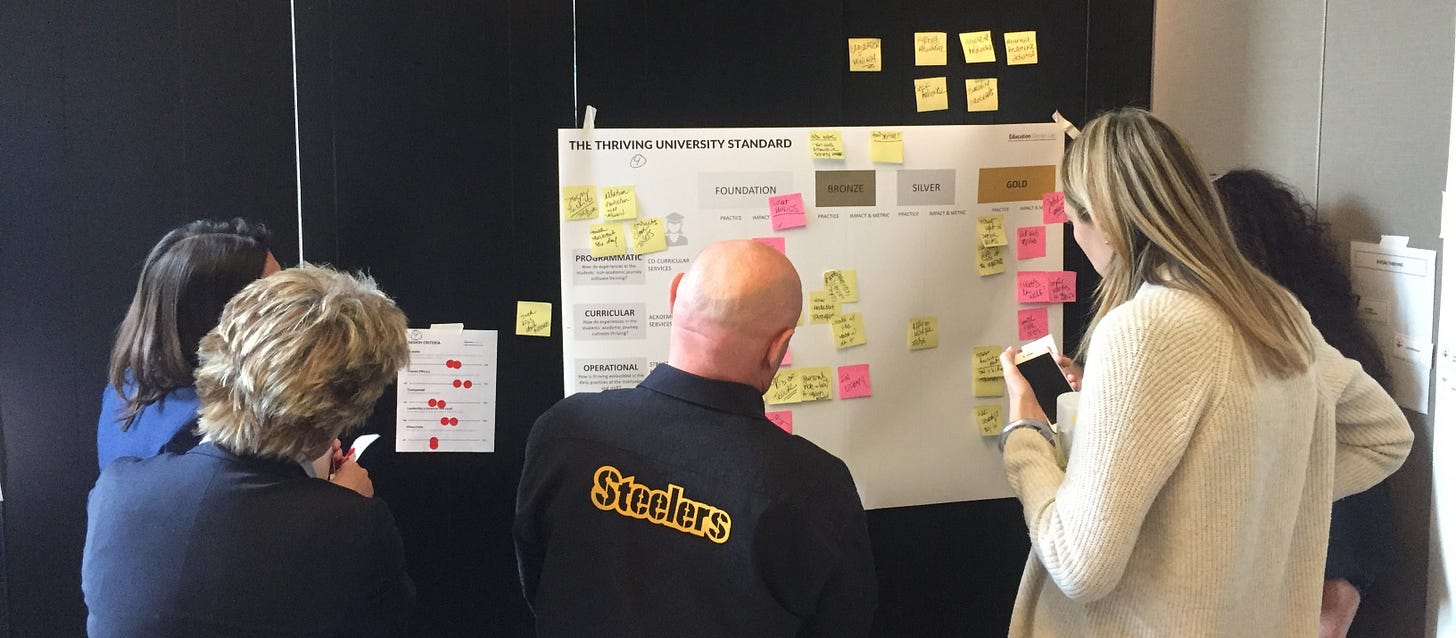
What insights are you trying to surface and what are you trying to learn?
→ Consider the assumptions you are testing, the questions are you trying to answer or the information you need to gain clarity about in the design process. What can you uniquely uncover by the convening of this group at this moment?How will you capture what you learn?
→ Consider how you document insights to take action. Great conversations are nothing if they don’t materialize in a meaningful way through your session design. Your activities, materials, and templates create the canvas for what you will take away.
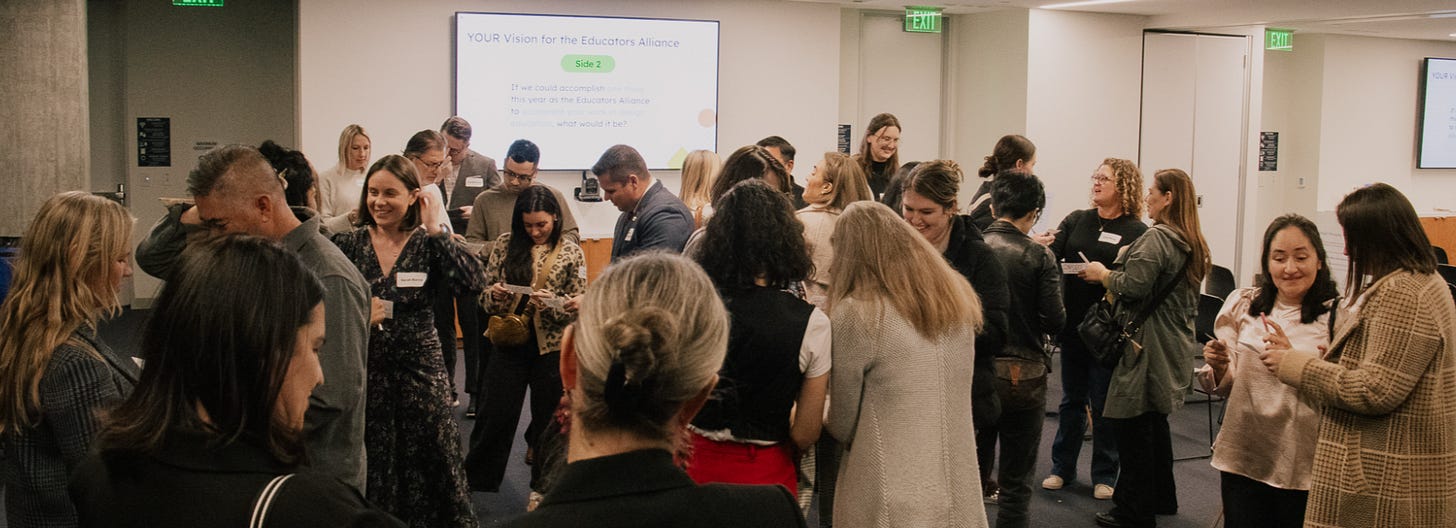
How will you spend your time?
→ Consider and evaluate your distribution of time as a measure of priority. Every minute is a value judgement about what’s important and what you hope to accomplish.
How will you manage energy and information?
→ Consider the amount of effort and exertion of cognitive load you’re expecting from co-designers and how to manage that energy and information flow over the session. Manage time digesting information solo vs group discussion or synthesis with thoughtful breaks to change the experience in the room and get the best insight from co-designers.
Facilitating with Purpose
What constraints or tensions should you name up front?
→ Designing without acknowledging power, pace, or purpose limits the outcomes. Are there factors you can gently name so people can frame their expectations?What might success feel like in the room?
→ You’re designing with humans and your goal is likely both about insights and engagement. Beyond the artifact or insight—how do you want people to feel during and after the session? Brave? Challenged? Connected? That feeling can shape your choices.
What decisions will be made—and by whom?
→ Is this a session to align, decide, or imagine? Clarifying the level of decision-making authority helps everyone know what’s on the table.
Prototyping & Iterating
What will you test or prototype?
→ Even after hundreds of sessions, I almost always test something new in my designs. It could be something simply in how I prepare or the materials I use, how I introduce a concept, or entirely new sessions or ways of engaging co-designers in in the process.
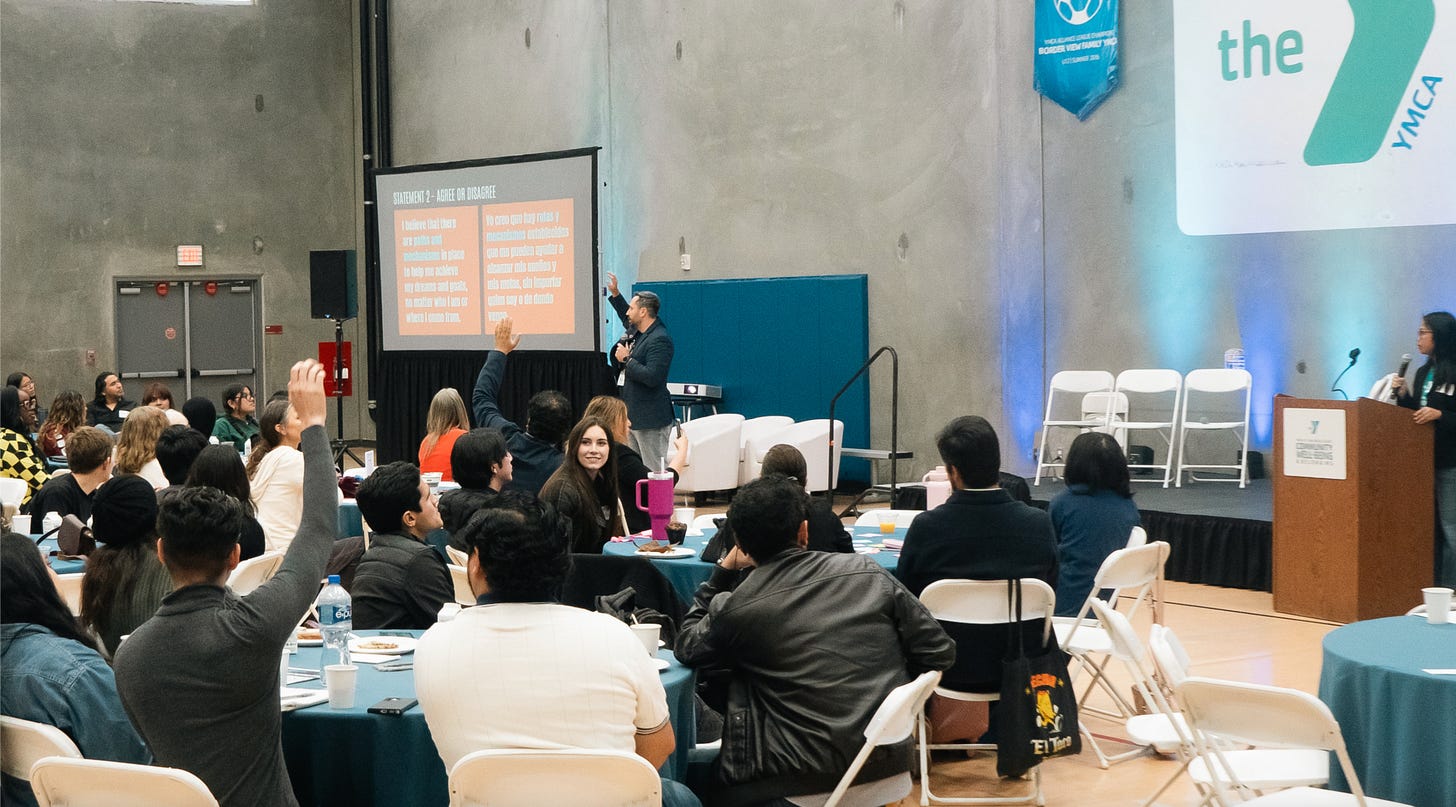
Every session is a prototype. Every room holds potential for insight, alignment, and transformation.
Closing thoughts
As a designer, your job isn’t to have all the answers—it’s to shape the space where the right questions emerge.
That space is created with planning and intention. If you want some help thinking through your next important milestone, reach out.
Insights from the Field
Bringing you voices from across education to answer:
What advice would you give to someone driving change in education?
“Collaborate widely and listen deeply. One of the most effective ways I’ve seen change take hold is when educators engage voices outside their immediate circle—local business leaders, faith communities, even parents of prospective students. These partnerships root innovation in real needs.
We can’t isolate change work within committees or strategy documents. When students see their future taking shape through paid internships, mentorship, and tailored academic pathways, change becomes tangible. And when community partners see their investment shaping lives, their commitment grows.
Don’t wait for perfect conditions. Build while you listen, and revise while you act. Be faithful to the mission, courageous in the work, and honest about what’s working and what’s not.”
Keiran Roche, Assistant Dean, The Catholic University of America – Tucson
Learning is better when it’s social.
If this post moved something in you, tap the ❤️, pass it along, or join the conversation on LinkedIn—I’d love to hear what it sparked.


